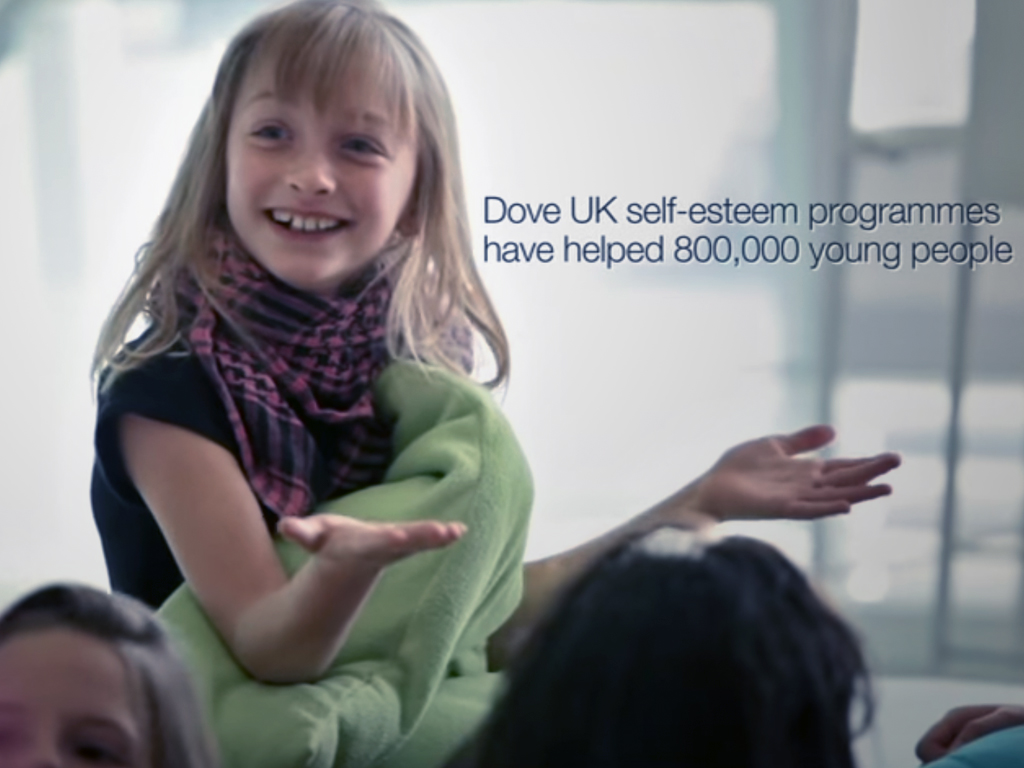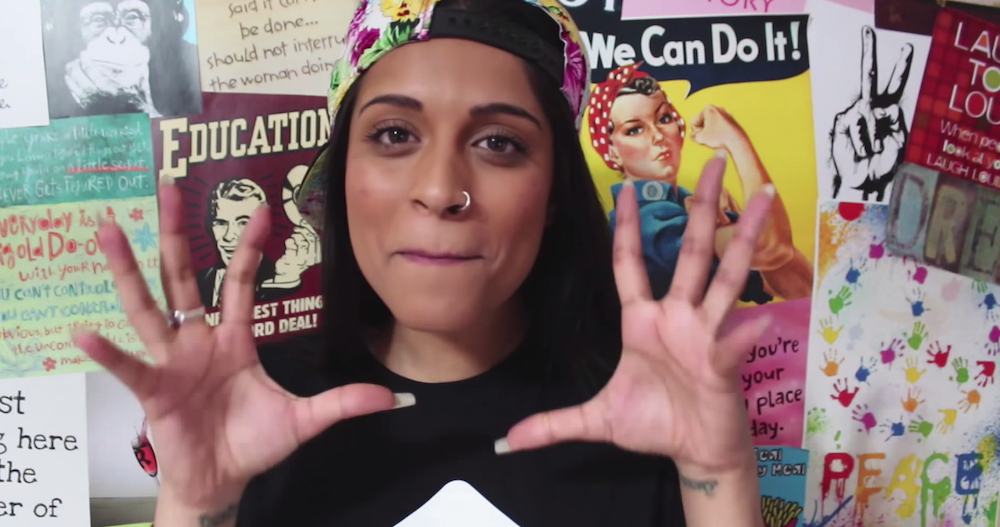A ModCloth survey suggests that the majority of women believe there’s a disconnect between the representation of models in the industry and what’s “real.” Furthermore, a large majority of women state that they would prefer to buy from a brand that portray realistic female images. Do fashion brands need to seriously re-evaluate their advertising messages and visuals to really connect with consumers?
U.S. fashion retailer ModCloth surveyed 1,500 women for their “Truth in Fashion” report, revealing some fascinating insights on the effects of fashion advertising on the mood and shopping behaviors of women.
The study found that 66 percent of women said they were more likely to buy from a brand that used models of varying sizes in their marketing and advertising. The general frustration level at the way women were presented by fashion brands was high, with only 13 of women agreeing with the statement that “real women were accurately portrayed in the fashion industry.”
Key Fashion Industry Findings
Across a range of considerations, ModCloth’s “Fashion Truth” Report revealed a clear dissatisfaction with the way women were being portrayed by the fashion industry at large.
- 71 percent of women agree that there needs to be more diversity among fashion models.
- 47 percent said they feel excluded by the fashion industry.
- A even greater proportion, 65 percent of plus size women said they felt excluded.
- 62 percent think that the fashion industry is harmful to women’s body image.
- 39 percent of all women stated they couldn’t relate to fashion advertising.
- 52 percent of plus-size women stated they couldn’t relate to fashion advertising.
- 58 percent are more likely to buy from brands that use models of varying ethnicities.
- 52 percent are more likely to buy from brands that use models of varying heights.
- 73 percent of women think that the current amount of retouching used in the fashion industry is misleading.
How Does This Affect Buying Preferences?
When asked about how these factors affected their buying preferences, there was a powerful trend: two-thirds of women told ModCloth that they were more likely to buy from a company that addressed these considerations:
- 66 percent of women stated that they were more likely to buy from brands that use models of varying sizes.
- 67 agreed they would buy more from a company that uses limited amounts of retouching and Photoshopping.
#FashionTruth
In an open letter to the fashion industry, Susan Gregg Koger, ModCloth’s co-founder and CEO, put out a call to action to the fashion industry to “start using its power for good”. In the letter, Koger spoke of her deep disappointment with how fashion industry pushes consumers to confirm to a standard of beauty built on “highly altered and often unrealistic images”:
“Imagine a world where flipping through a fashion magazine is an empowering and life-affirming experience! That’s a world I want to live in, and that would be an industry I’d be proud to be a part of.”
And indeed, these beliefs seem to be the pillars on which MoCloth has built it’s PR and marketing strategy. Recently ModCloth became the first fashion retailer to sign The Brave Girls Alliance “Truth in Advertising Heroes Pledge,” an anti-airbrushing petition encouraging participants to “do [their] best not to change the shape, size, proportion, color and/or remove/enhance the physical features, of the people in our ads in post-production.”
On the back of the survey findings, Modcloth launched the #FashionTruth campaign, which amplifies their message championing the use of realistic female images in the fashion industry. Part of #FashionTruth also includes a casting call open to all women, which enables any customer who tweets or Instagrams a selfie to become a face of ModCloths future marketing campaigns.
Altogether it makes a powerful message about ModCloth’s commitment to depicting women as their true and realistic selves.
Moving From ‘Corporate-Centric’ To ‘Consumer-Centric’ Content
ModCloth have made a bold statement of intent about their stance on the media representation, on the back of some powerful findings revealed in their Fashion Truth survey. The depiction of female imagery in the fashion industry has been a topic of debate for some years now, and ModCloth’s recent activity is notable for its striking simplicity.
ModCloth’s #FashionTruth campaign is a great example of a brand seeking out the opinions of, and really listening to, their consumers. By emphasising with their concerns, ModCloth have also found a positive avenue with which to engage their consumers on social media. In the fashion industry particularly, it marks a shift from brands producing ‘corporate-centric’ content, to much more ‘consumer-centric’ messaging.
According to Ann Handley, Chief Content Officer, MarketingProfs:
“Too many companies are creating corporate-centric content instead of customer-centric content. What’s the difference? The former is about you, while the latter is about what you do for your customer – a subtle yet critical shift. A good lens through which to view any content you produce is this: Will your customer thank you for this content? In effect, will your customer thank you for marketing to them?”
And that, is a great direction for brands to be moving in, especially in a vertical such as fashion where consumer preference is a powerful driver for buying preferences. As the hugely positive response to #FashionTruth has shown, perhaps the rest of the industry should follow ModCloth’s lead of seeking out and incorporating consumer sentiment in their advertising messages.
Do you work in the fashion industry? Is it time for fashion brands to be more ‘consumer-centric’ in their advertising messages? Share your thoughts in the comments below.


